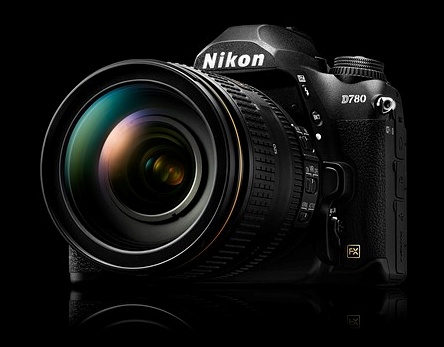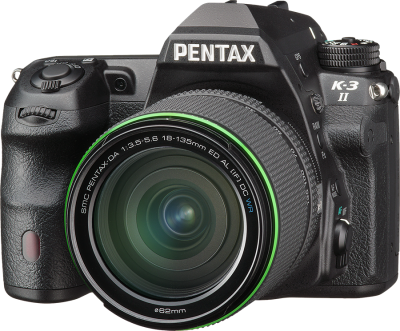In a much-publicised but unsurprising story from Nikkei News in Japan, Nikon is reported to be stopping development of DSLR cameras.

‘Well tell us something we don’t know,’ is probably the collective reaction to the story from photography insiders, given we haven’t seen a new Nikon DSLR release for several years.
Curiously, the Nikkei article attributes the decision to ditch DSLRs to ‘intensifying competition from smartphone cameras’ rather than the far more direct competition from mirrorless interchangeable cameras.
Nikon was quick to respond to the Nikkei story with a statement which didn’t actually contradict it, but rather denied that there had been any official announcement to that effect:
‘There was a media article regarding Nikon’s withdrawal of SLR development. This media article is only speculation and Nikon has made no announcement in this regards. Nikon is continuing the production, sales and service of digital SLR. Nikon appreciate your continuous support.’
– Note that all Nikon is stepping up to is ‘continuing the production, sales and service of digital SLR’ – not development. The Nikkei article also stated, without any attribution, that Canon was planning to do the same ‘within a few years’.
Nikon’s last new DSLR, the Nikon D780, is two and a half years old. Canon’s EOS 1DX MkIII is about the same age, and was confirmed as the last of the flagship DSLR’s from the undisputed market leader in DSLRs.
Whether the original article ‘is only speculation’ or not, what are the odds of, say a Nikon D950 or Nikon D5700? Nikon officially killed off its APS-C line in early 2021 with the D3500 and D5600 the final models in the line. The last flagship DSLR, the D6, came and went without much celebration.
It would be more surprising if Nikon actually announced the development of a new, improved DSLR. Ditto Canon.
But doesn’t necessarily mean that in 2022 there is zero demand for DSLR cameras. In a contracting market for cameras, the economics don’t allow for parallel development of two technology formats, and Nikon and Canon have decided to ‘fish where the fish are’.
Are mirrorless cameras so superior to DSLRs that they have made them totally redundant? Is the DSLR a buggy and the mirrorless camera an automobile?Perhaps the replacement of analog vinyl records by audio CDs is a more apt comparison. Although CDs saw off LPs in a space of about 5 years there were, and still are, people who maintain the analog alternative is superior.
Even some of the characteristics of mirrorless cameras that are presented as advantages are equivocal. Mirrorless cameras are lighter and smaller because they don’t use a pentaprism. But smaller cameras also present ergonomic challenges – especially for people wearing gloves or with larger hands. Some photographers in fact prefer the heft of a DSLR, and reason that it delivers more intrinsic stability.
And while today’s electronic viewfinders are miles in front of the low res versions of just a few years ago, they are always attempting to simulate the reality delivered by an optical viewfinder.

Enter Pentax, which has declared it will be the keeper of the DSLR flame. After an unsuccessful dalliance with mirrorless technology in what was a crowded marketplace with shrinking demand, Pentax has taken the opposite tack to all the other camera makers – stepping away from mirrorless cameras and making a virtue of the analogue pentaprism, from which the brand Pentax is based.
‘Pentax is committed to the future of SLR photography through the continued development of camera technology, making it more fun and exciting than ever before for all Pentax users,’ the Pentax microsite explains. In 2020 Pentax stated it would ‘create the future of single-lens reflex cameras’.
While Pentax hasn’t been exactly profligate with new camera models recently (last was the K-3 III early last year), it just this week announced a new lens roadmap, indicating it’s still fully engaged with DSLRs, and last month issued a major firmware release for its current DSLRs.
The common wisdom is that pentaprisms and optical viewfinders are just so last century, and electronic viewfinders represent the future of camera technology, but there will always be those contrarian souls who beg to differ. So it’s probably a canny move – it may see the venerable brand ‘owning’ the DSLR segment by virtue of being the last man standing.
With all the other camera makers following the leader (whoever that is these days) into mirrorless cameras, there may be a critical mass of camera buyers who still hanker for a more analogue picture-taking experience.





Be First to Comment